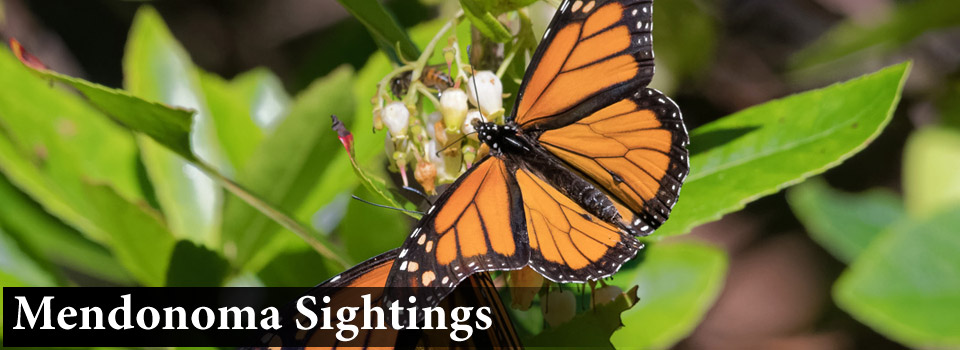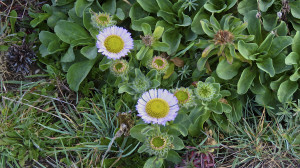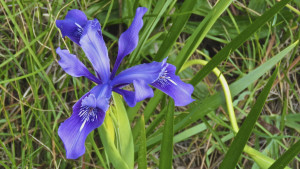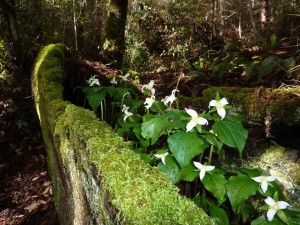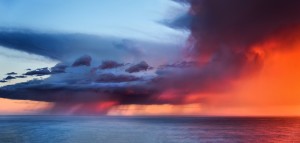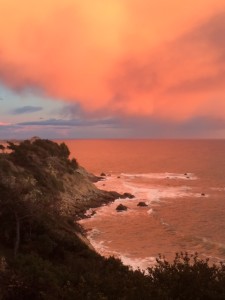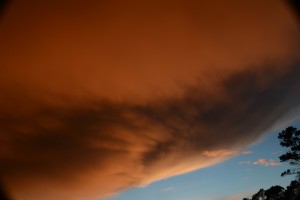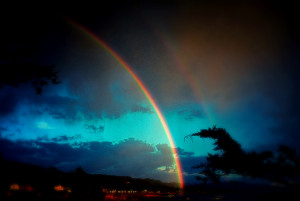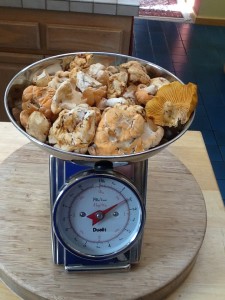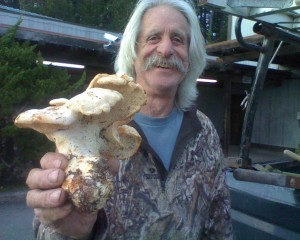Imagine by Jeanne Jackson and Peter Baye
Imagine. As Dr. Edmunds, owner of Gualala Redwoods Inc., contemplates the offers on his vast holdings of land, we imagine what the Mendonoma Coast could be like if he chooses the bid submitted by The Conservation Fund on behalf of the eight members of the Conservation Coalition.
We envision Gualala Point Regional Park extended up river to include the floodplain reaches of the Gualala River currently owned by GRI. Like Big River, the haul roads would make outstanding public trails for easy hiking and bike access, and spur trails to the river would extend access to dozens of natural gravel bars and swimming holes. The whole riparian forest could be allowed to grow and mature, eventually to majestic old-growth structure. The river views will amaze visitors, along with the spectacular groves of mature redwood and bay trees.
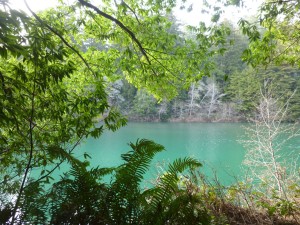
Fishing, currently catch and release, for Steelhead can be excellent in the lower river reaches when flooded deep in winter and spring. Imagine easy access to these prized spots.

If Dr. Edmunds chooses the Conservation Coalition bid, river beaches will be in the public domain. Many gravel bars traditionally used by locals, such as Switchville and the Hot Spot, will be available for water play and swimming for ourselves, and our dogs too.
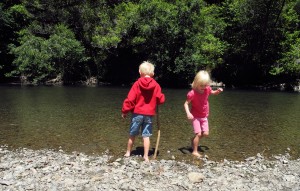
The GRI lands are a bird paradise. There are regular residents, like many species of herons, great egrets, common mergansers, sandpipers, and so very much more. Last year two bald eagles were seen flying over the Gualala River. Imagine if they nested in these lands.
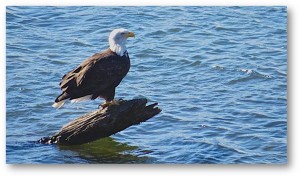
Imagine being able to hike in the GRI lands. You could have a wildlife sighting that will last a lifetime. A black bear might amble through, or you might see an elusive mountain lion. Closer to the river it’s possible to spot one of our native snakes, frogs, turtles, or river otters.
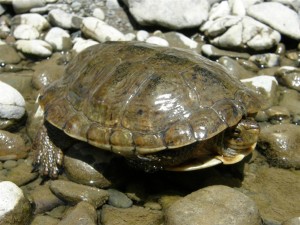
In this redwood forest of the lower river floodplain, there are sedge marshes that help replenish and purify groundwater, and provide steelhead with rich food supplies. There are native forest wildflowers, including trilliums, calypso orchids, rein-orchids, wild ginger, and rare wetland plants such as the fringed corn lily. Traditional Pomo medicinal and food plants grow at forest edges and openings.
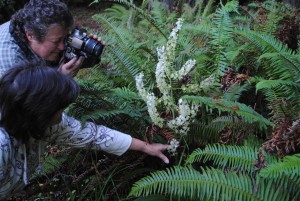
If the Conservation Coalition wins the bid, the land will be able to heal and recover from past forestry practices and gravel mining by shifting to a more sustainable, lower intensity harvesting and extraction.
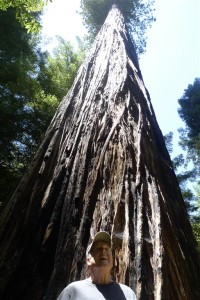
We would rejoice at the chance to protect our water resources, both for The Sea Ranch and Gualala. In keeping land use low in these lands, there will be less demand for groundwater, and stream diversions. The groundwater recharge areas would be protected, and the wetlands would do their job of purifying waters.
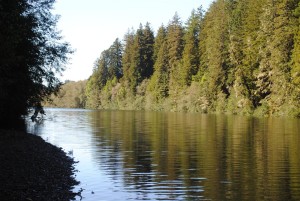
We embrace a visitor-based nature economy. Showcasing the natural beauty of our environment is the best way of ensuring its protection. The acquisition of these lands would further enhance our experiences with the natural world around us.
Imagine.
Photos: The Gualala River in February by Harmony Susalla, Catch and release fishing for Steelhead by Bill Mathews, Children playing in the Gualala River by Mary Sue Ittner, Bald Eagle in the Gualala River by Richard Kuehn, Western Pond Turtle by Peter Baye, Fringed Corn Lily by Jeanne Jackson, Rob Elder at the McCabe Tree by Jackie Baas, The full Gualala River by Jeanne Jackson.
This was published in the Independent Coast Observer 3/5/15, but without the photos. I so hope Dr. Edmunds will choose the Conservation Fund, thus leaving a lasting, wonderful legacy on the Mendonoma Coast.
